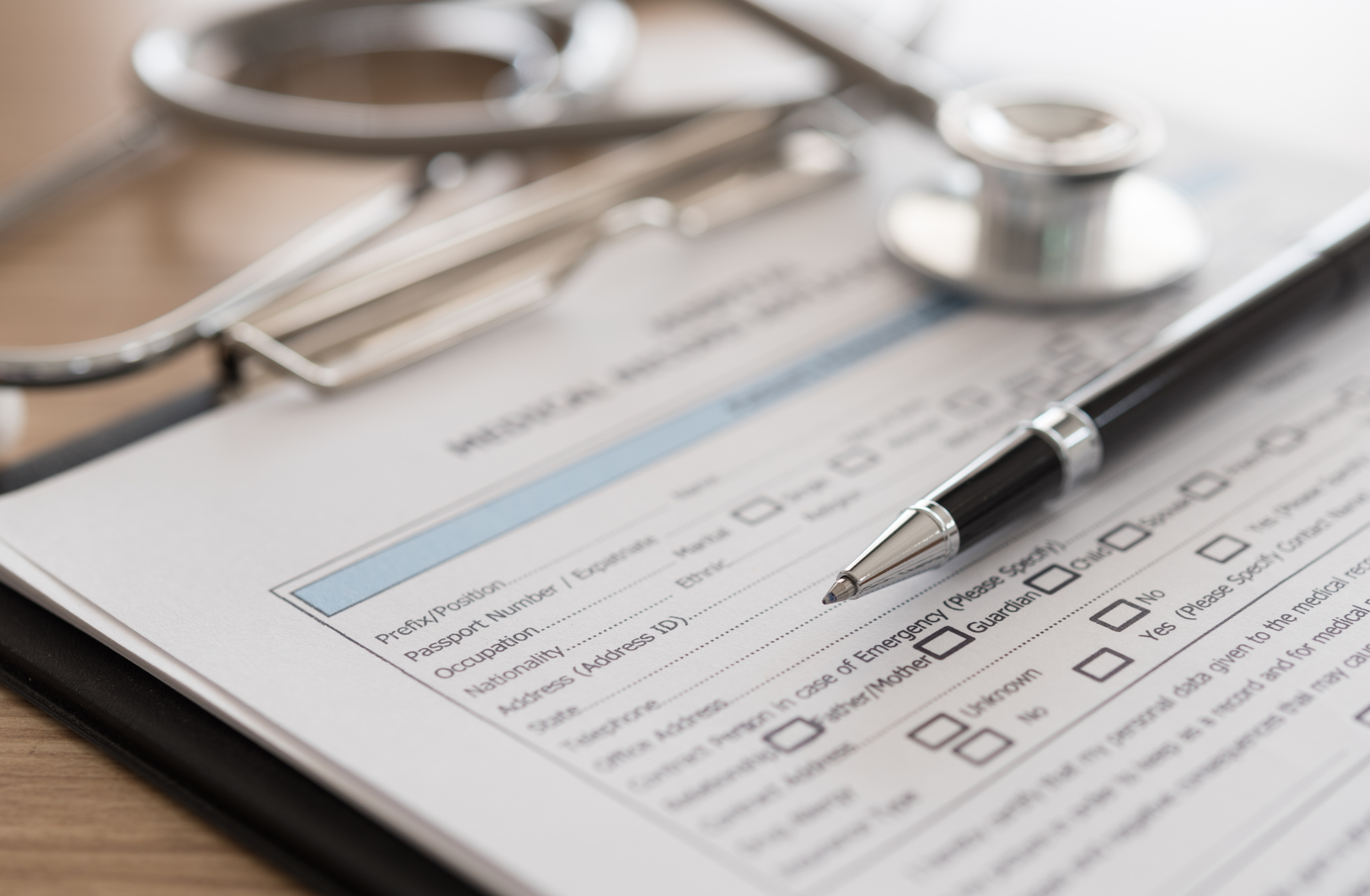More and more people are hearing the term “regenerative medicine,” but don’t know what it means in terms of their healthcare. Media is constantly popping up for stem cell therapy, but there are still misconceptions about it and how it works.
Below are some key points about the regenerative medicine and the stem cell therapy in general.
What is regenerative medicine?
Regenerative medicine is a field that focuses on nonsurgical treatments that enable your own adult stem cells to repair injured tissues, reduce inflammation and help reduce pain.
During the procedure, the stem cells and blood platelets are extracted and concentrated and then injected into an injured area of the body.
The procedure helps stimulate healing and speed repair for bone, muscle, joint, soft tissue and nerve injuries.
What types of patients are recommended for this type of therapy?
These treatments are especially useful for patients who have acute injuries, as well as patients with chronic injuries who have not responded to traditional treatments such as anti-inflammatory medications, cortisone injections, physical therapy or even surgery.
Regenerative medicine can help a number of common conditions such as arthritis, tendinitis/tendinosis, joint pain of all types, sports injuries, ligament sprains, plantar fasciitis and compression nerve injuries.
What are stem cells and what role do they play in the treatment process?
Stem cells are immature cells, and can regenerate into the type of cell that is needed to repair tissue when injected into an injured area.
There are several different kinds of stem cells. Mesenchymal Stem Cells (MSCs) are found in bone marrow and fat tissue, and have the strongest potential to repair muscle, bone, joint and soft tissue injuries.
These cells have the ability to self-replicate, reduce inflammation and help the body regenerate the lost tissue in the injured area.
How is stem cell injection therapy done? How long does this procedure typically take?
After adequate local anesthesia, stem cells are extracted from the pelvis bone and/or fat tissue, and then concentrated in a centrifuge. Using an ultrasound for targeted placement, the sample is then injected at the site of injury.
It’s very similar to a steroid injection. All of this is done in the office in one visit and takes a little more than an hour to perform.
Remember that the FDA allows physicians to inject patients with their own stem cells as long as the cells, or the tissue the cells are extracted from, meet specific criteria, including “minimal manipulation,” and are intended to perform their normal basic function.
How does this therapy compare to traditional treatments like surgery?
Regenerative treatments are nonsurgical and have a quick recovery.
Generally, patients will be a little sore for 48-72 hours after the treatment, and can get back to normal daily activities after this period of time. Patients can return to most forms of exercise in 3-4 weeks.
What’s next for regenerative medicine? Are there any plans to expand this treatment to more conditions?
Active research is currently being performed all across the world on stem cell treatments for various medical and orthopedic conditions.
As more data is gathered, physicians will determine how best to optimize results for the best outcome.
Scott Wolf, CEO and Director of Research of Grace Century comments: “As more and more stories and therapies make their way into the mainstream of medicine, the industry is scrambling to educate the public on just what Regenerative Medicine is and the power of stem cells. In General, the younger the cells the better.”



